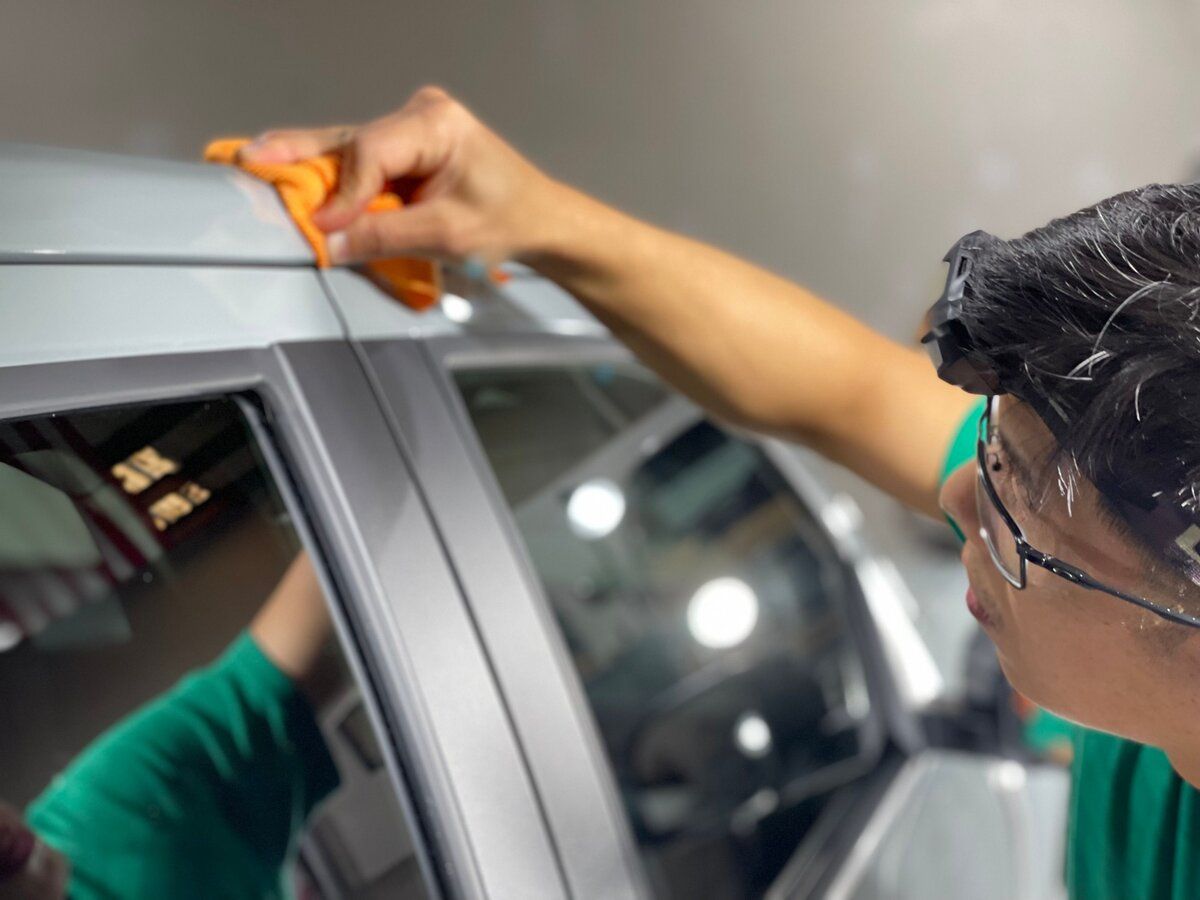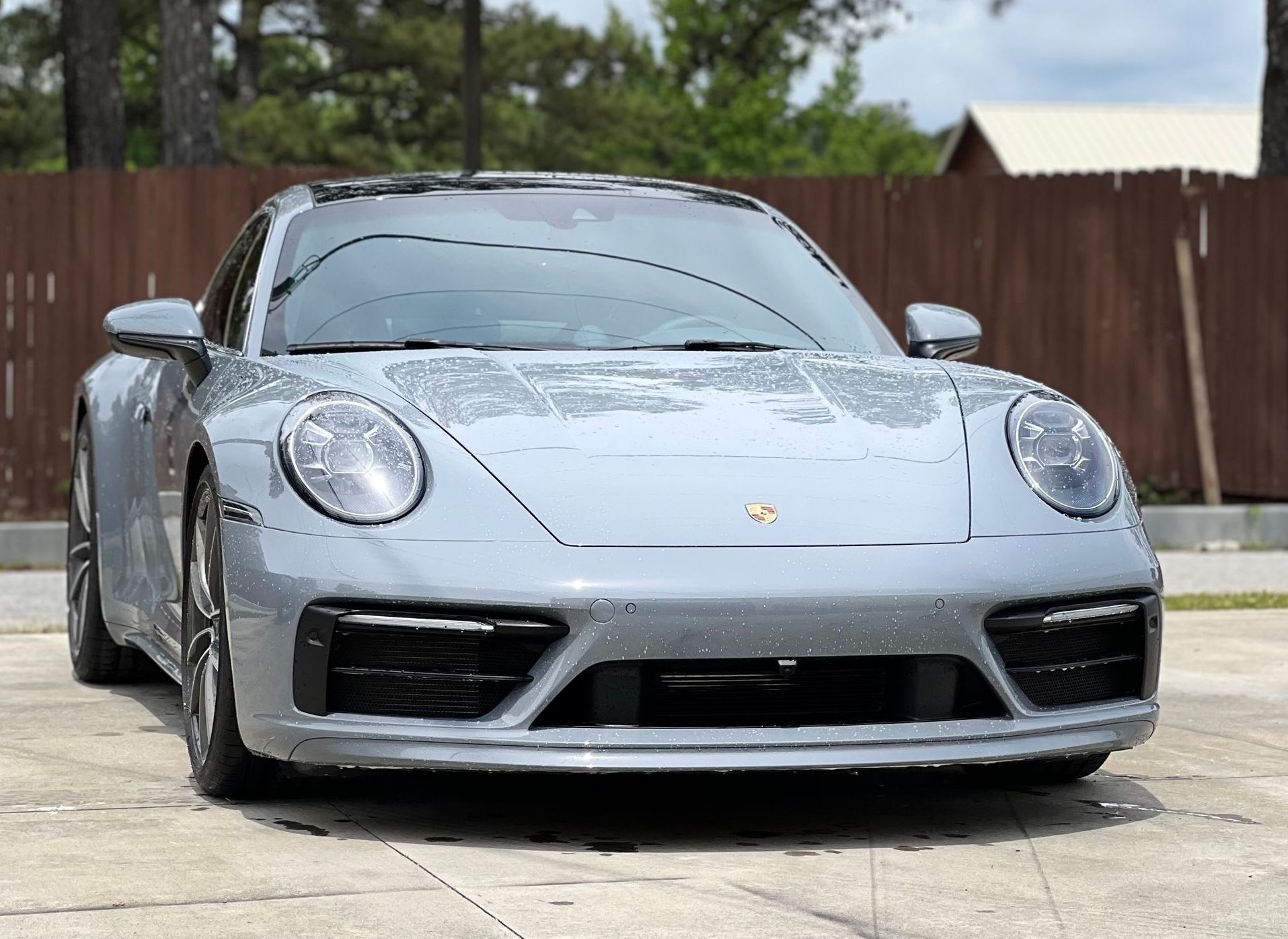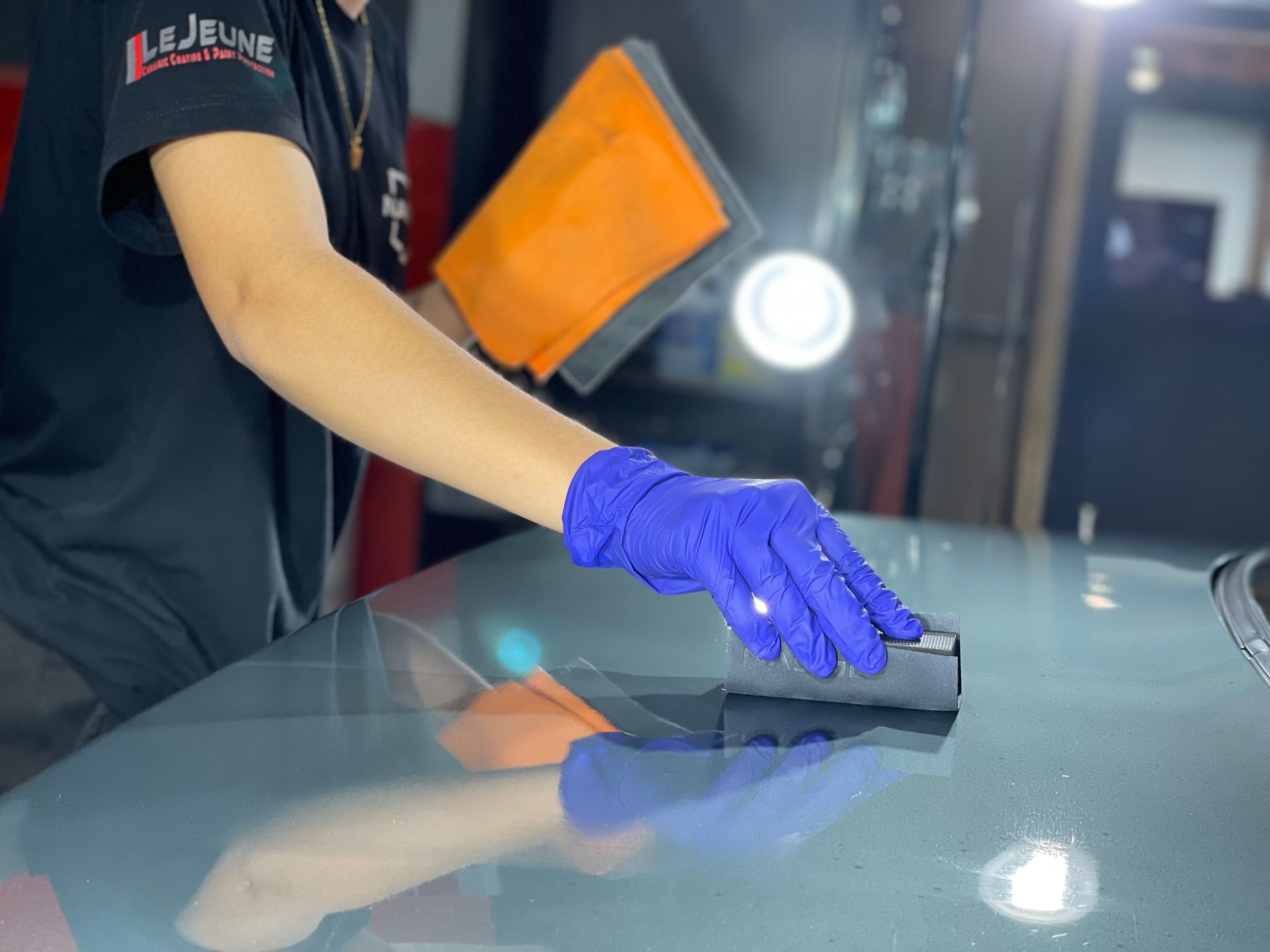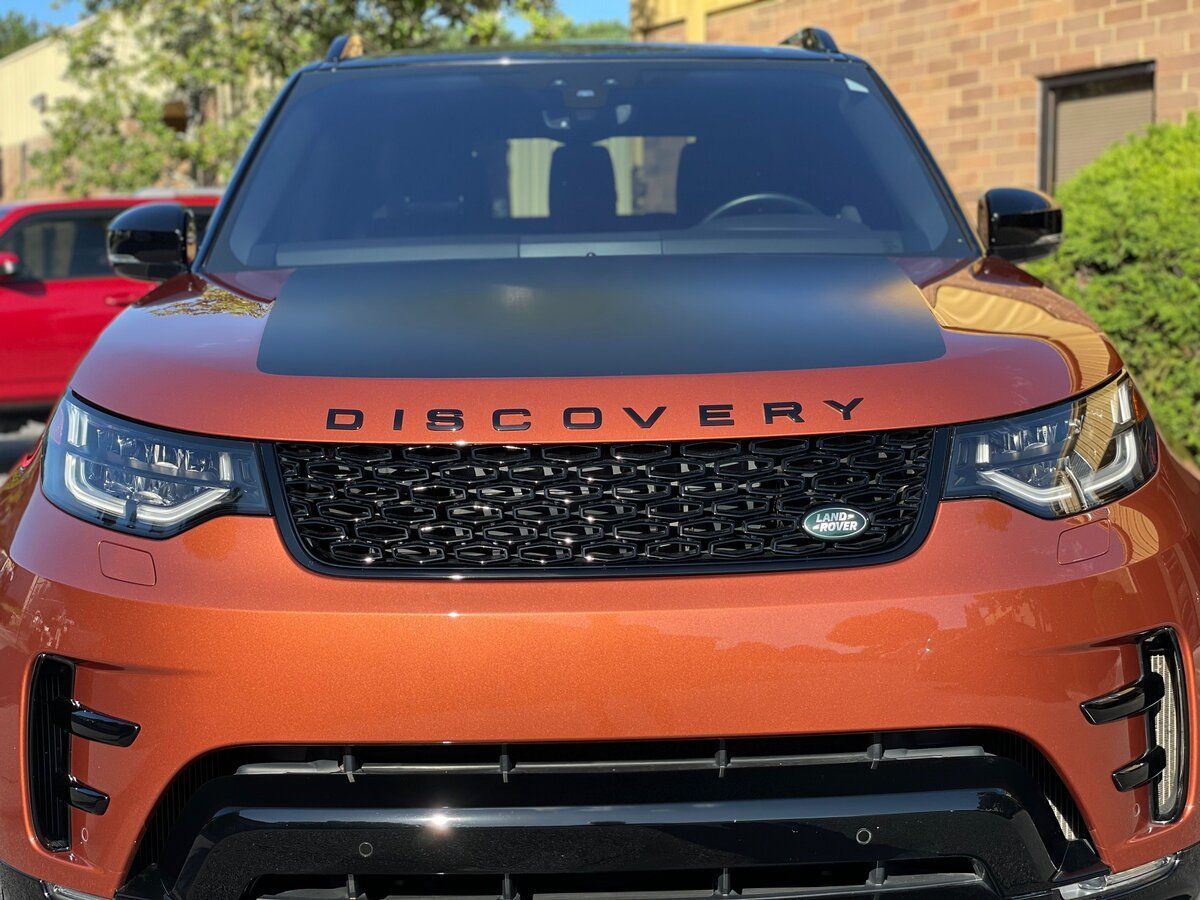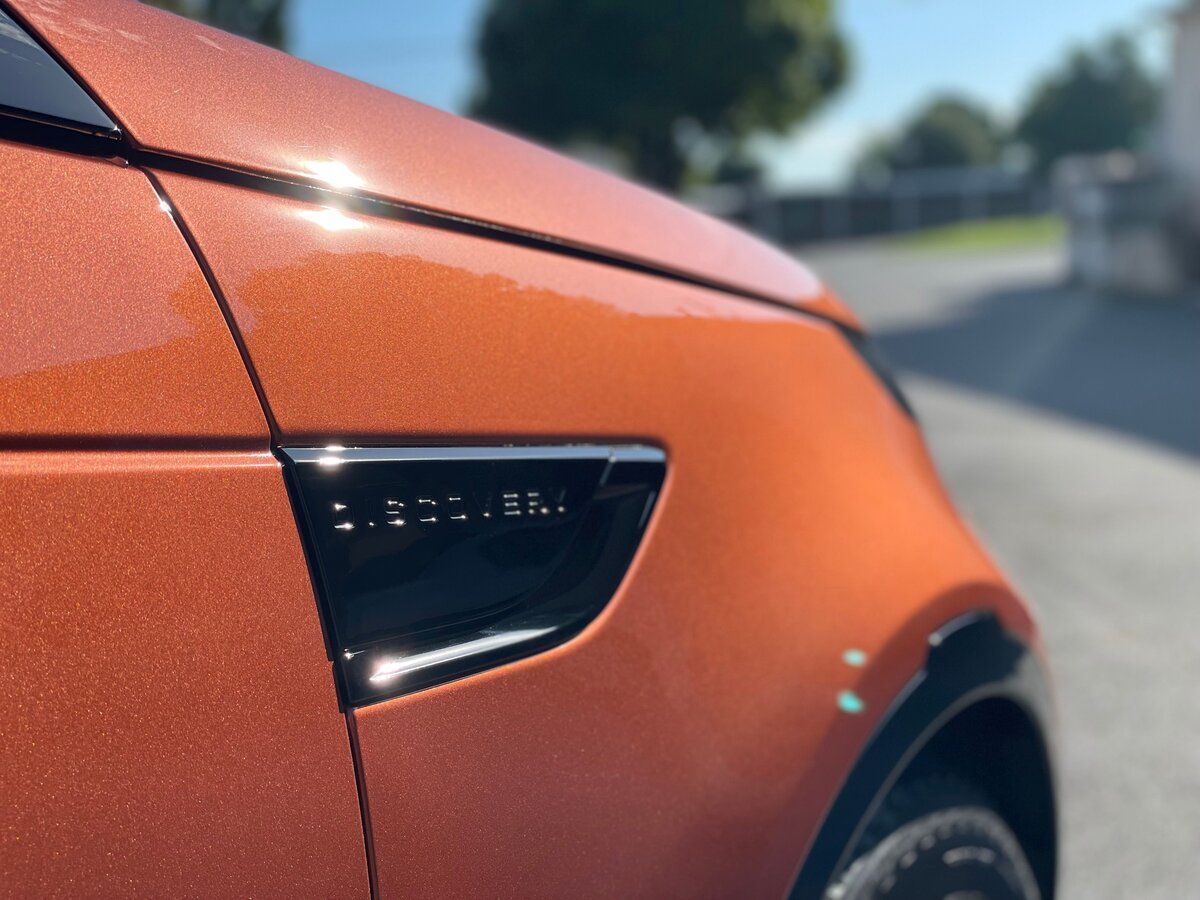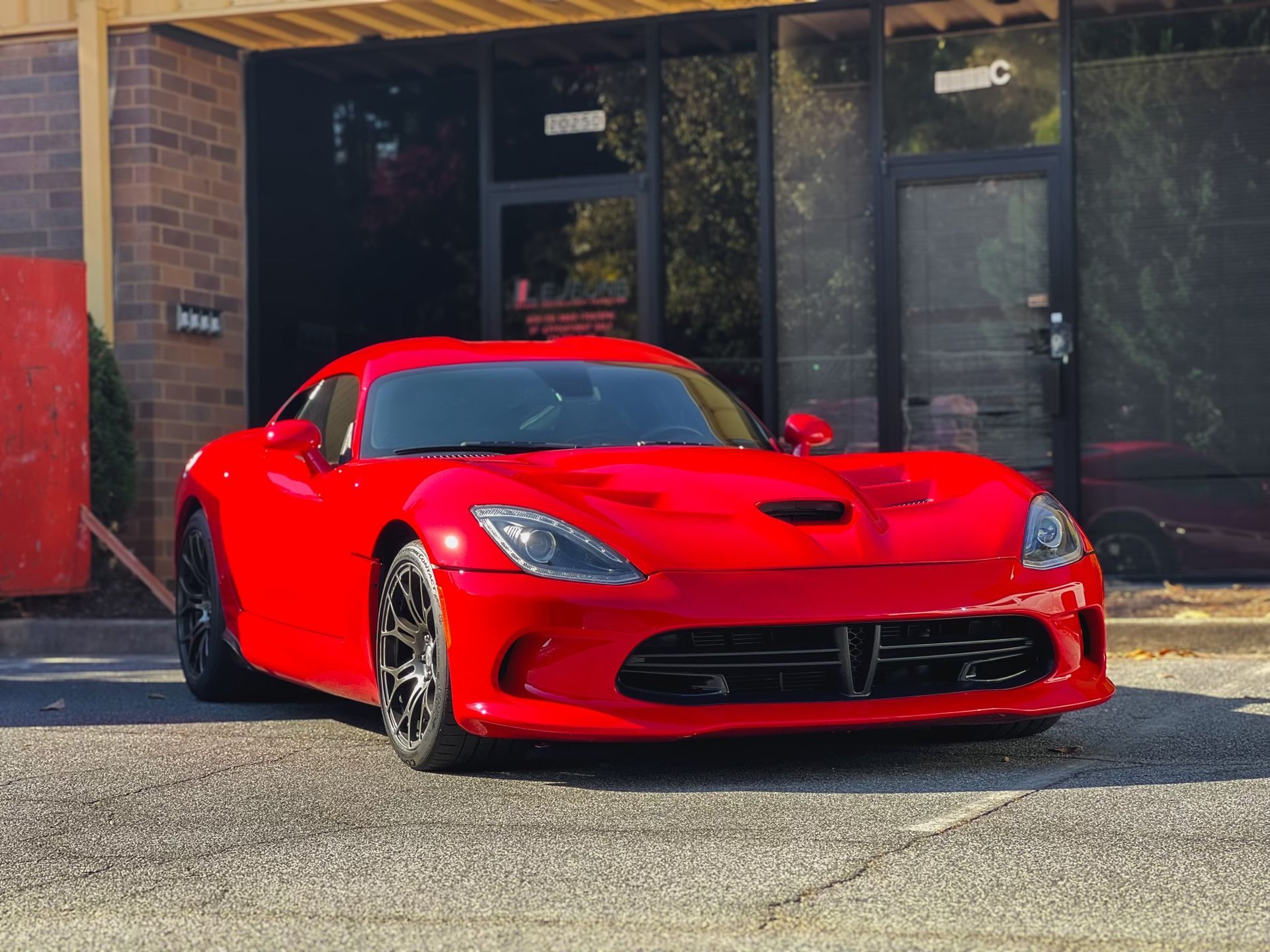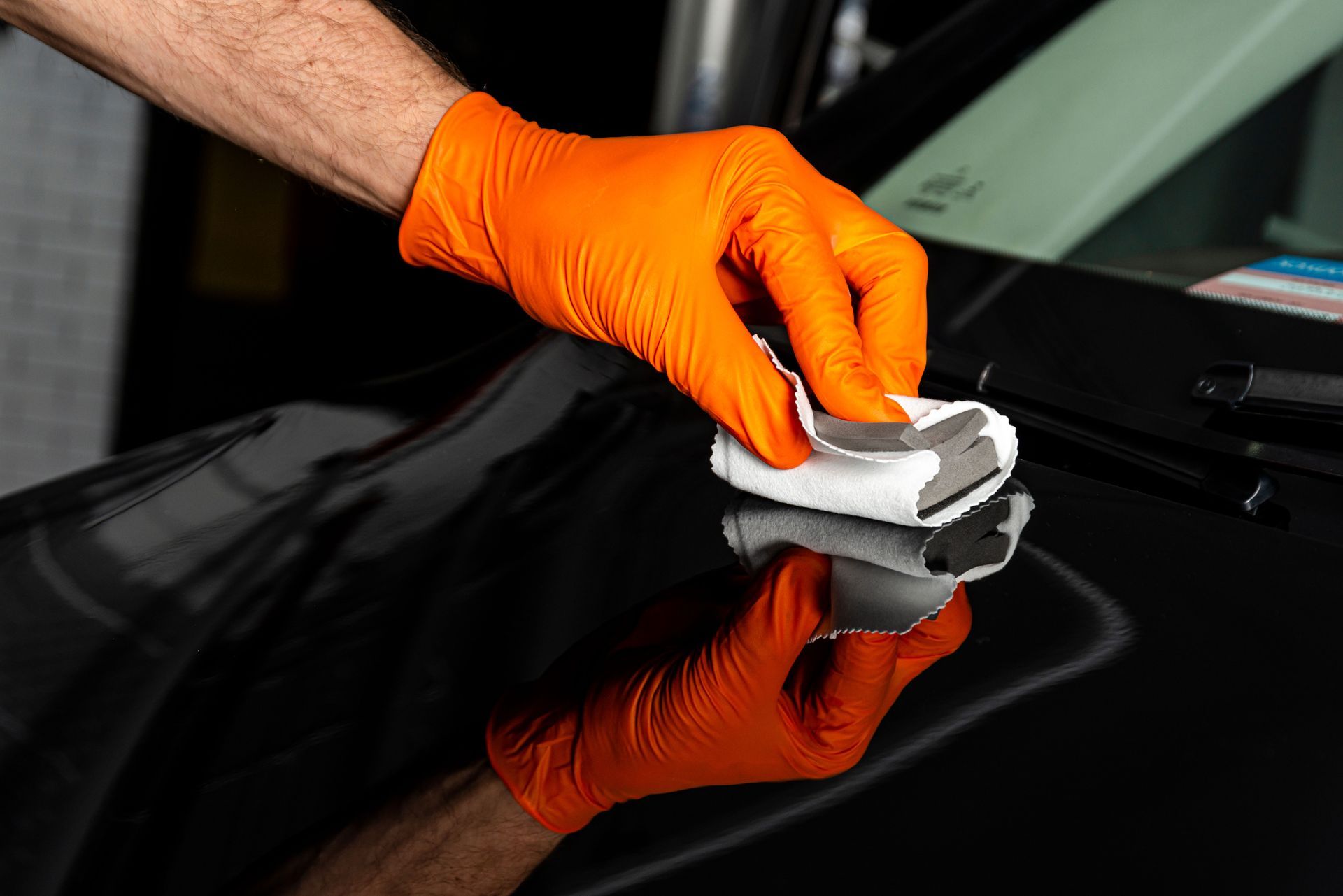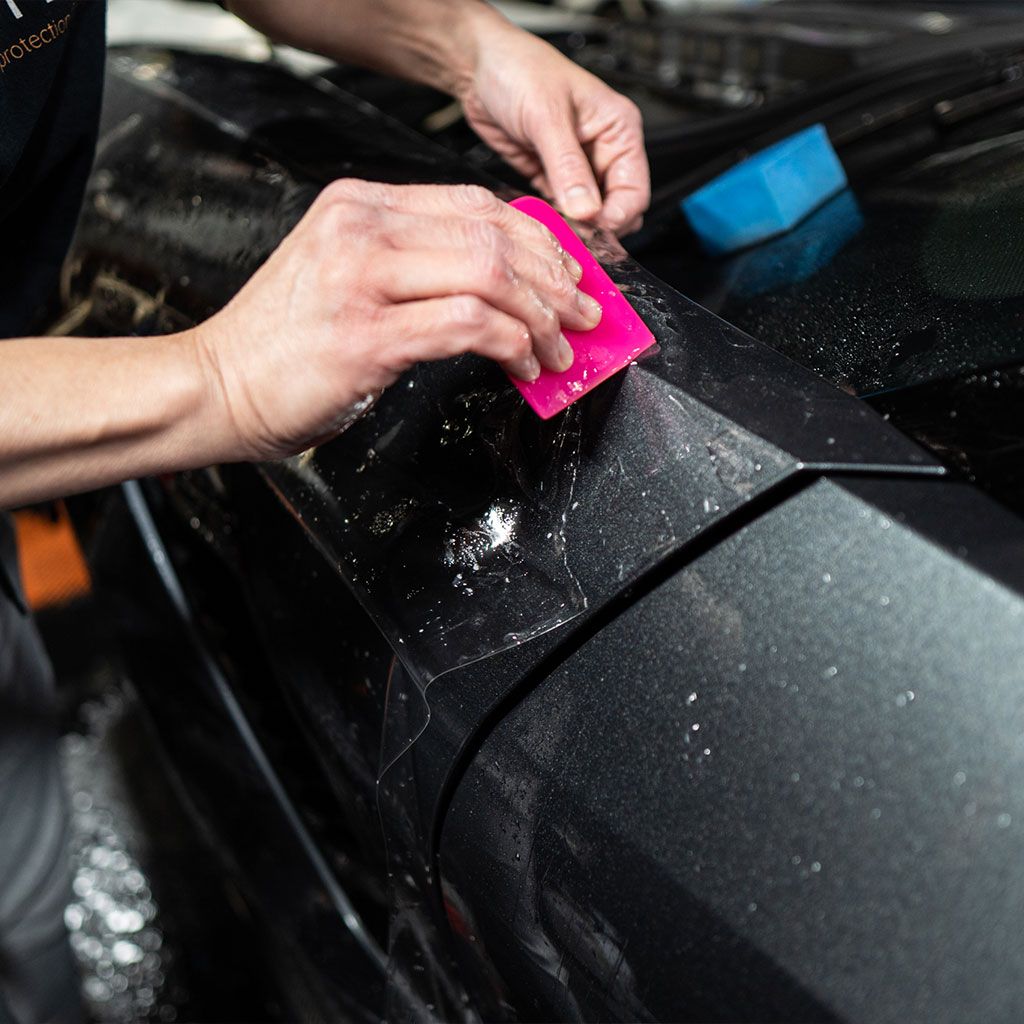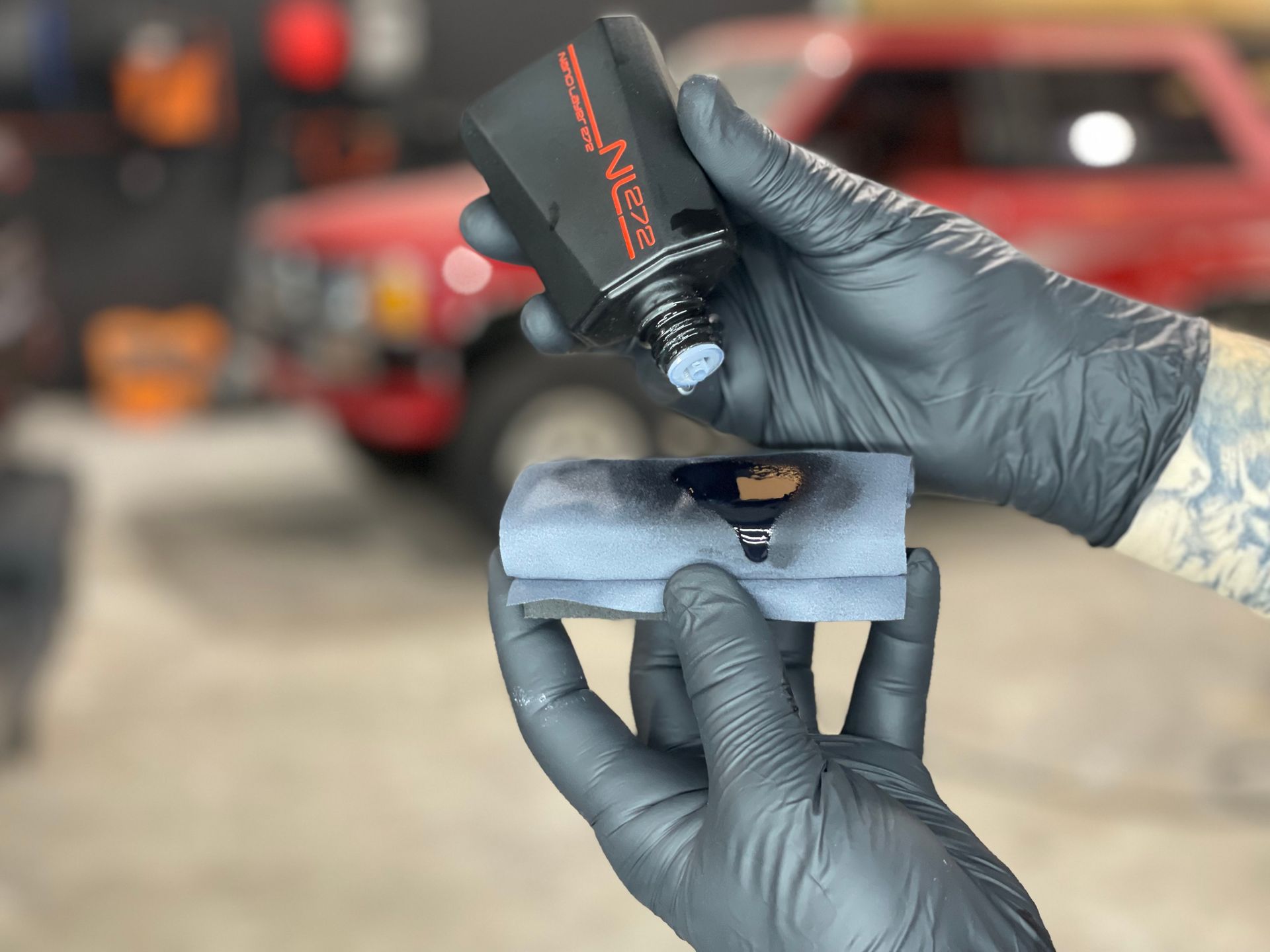Clean Vehicle Surfaces: Essential Tips for Ceramic Coating Application
GET A QUOTECALL (770) 722-3486
When it comes to protecting your vehicle's finish, applying a ceramic coating can feel like a daunting task. But guess what? It doesn't have to be! Think of ceramic coating as a second skin for your car, shielding it from nasty elements while giving it that irresistible shine. However, before you dive right into the application process, there's one crucial step you can't skip—cleaning the surface thoroughly. Just like prepping your canvas before painting, ensuring that your vehicle's paint is perfectly clean will set you up for success. In this article, we'll guide you through essential tips and techniques to prep your vehicle properly so you can enjoy stunning results when it's time to apply that glossy protective layer.
To clean vehicle surfaces for ceramic coating application, start by thoroughly washing the car with a pH-neutral shampoo to remove dirt and debris. Next, decontaminate the surface using a clay bar or similar product to eliminate embedded contaminants, followed by polishing to address any imperfections, ensuring a flawless base for the ceramic coating.
Cleaning Vehicle Surfaces
The heart of preparing your car for ceramic coating lies in meticulous cleaning. Start by performing an initial rinse to remove any loose dirt and debris that could scratch the paint during the washing process. Using a pressure washer is ideal, as it provides powerful water flow that can clear away stubborn grime without requiring too much effort on your part. If you don’t have access to one, a simple garden hose will suffice, but ensure you use a spray nozzle for better control.
Once you’ve completed this crucial first step, it's time to move into a more detailed washing process. This brings us to the two-bucket method, which is essential for achieving a spotless finish. Fill one bucket with soapy water using a quality pH-neutral car wash soap, while the second bucket should contain clean, fresh water. As you wash your vehicle with a microfiber mitt, dip it into the soapy water for suds, then rinse it in the clean water before re-immersing it in the soap. This method minimizes the risk of scratching your paint by ensuring that dirt and contaminants are not transferred back onto the vehicle’s surface.
After your car is sparkling clean from top to bottom, drying it properly is crucial to maintain that pristine appearance. After washing, take the next step: drying the surface with high-quality microfiber towels. These towels are gentle yet effective at absorbing moisture, significantly reducing the chance of water spots forming on your freshly washed surface. Remember, those little spots can mar the final look and potentially interfere with how well your ceramic coat adheres. Pay extra attention to crevices and areas where water might accumulate unnoticed; these nooks can hold residual moisture and lead to complications later on.
With your vehicle’s surface now clean and dry, it's essential next to choose detailing products that will enhance the bonding power of your ceramic coating. Selecting the right detailing products plays a critical role in ensuring your ceramic coating performs at its best. Always opt for products designed specifically for vehicle pre-coating preparation, effectively stripping away any remaining residues or contaminants without risking damage to the paint beneath. Tools are just as important; make sure you have good applicators and pads handy for applying every product smoothly. This combination of thorough cleaning and careful product selection sets the stage for superior results and long-lasting protection in your detailing journey ahead.
Essential Detailing Products
At the heart of every successful ceramic coating application lies a strong lineup of quality detailing products. Each item serves a unique purpose, ensuring that your vehicle's paint is not only clean but also ready to bond with the protective layer you're about to apply. Car shampoo might seem like a basic necessity, yet opting for pH-neutral formulas can be a game-changer—these shampoos gently cleanse without stripping away previous wax or sealants, thereby preparing the surface perfectly for the coating.
The Power of Clay
While a good wash is vital, it often can't reach deeper contaminants. That's where a clay bar comes into play. It glides over the paint's surface, capturing impurities such as dirt, sap, and tar that lie hidden within the pores of the lacquer. Imagine running your fingers across glass; that's how smooth you want your paint to feel before applying a ceramic coating. This extra step may take time and effort but eliminates imperfections that could compromise your finish.
It’s amazing how removing iron particles with an iron remover can elevate your prepping game. This product targets stubborn spots that traditional wash methods might miss. When applied, it dissolves embedded metal particles, which are notorious for causing deterioration over time. Just picture this: your once dull paint now glistens like new, setting a firm foundation for the impending ceramic layer. After cleaning and prepping comes another pivotal element—microfiber towels. Their soft fibers absorb water effectively without scratching while drying or buffing. Remember to choose high-quality towels because inferior ones can leave behind lint or cause micro-scratches on your freshly cleaned surface. Furthermore, using a detailing spray during your clay treatment not only enhances lubrication but also aids in the faster removal of contaminants without additional risk to the paint.
Investing in these high-quality detailing products pays off in spades. Each aspect of preparation strengthens the bonding capabilities of your ceramic coating. If you've ever had that sinking feeling after witnessing wear on your carefully applied coat prematurely, you'll recognize the value of proper preparation now more than ever. Getting these products in place is just part of the journey; understanding their effective usage will be key as you move forward in achieving exceptional results with your application process.
Preparing for Ceramic Coating
Proper preparation is crucial to achieving a strong bond between the ceramic coating and your car's surface. Skipping this step can lead to bonding issues, compromising the protective layer's longevity and effectiveness. The preparation process requires careful attention and specific actions to ensure a flawless application.
Final Surface Preparation
After you've decontaminated and polished your car, it’s essential to perform a final wipe down using isopropyl alcohol (IPA), diluted to about 50% with water. This step removes any oils or residues left from polishing compounds or environmental exposure. Take a clean microfiber towel, soak it lightly with the IPA solution, and wipe down every inch of the vehicle's surface. This ensures that the surface is completely free from any contaminants that could interfere with adhesion.
Sunny or windy conditions can affect your efforts. Apply the ceramic coating in a controlled environment—preferably in a shaded area or indoors—because direct sunlight can cause products to dry too quickly, resulting in an uneven finish. Ensure that the temperature is optimal, ideally between 50°F and 85°F (10°C and 29°C). A helpful tip: Before starting the coating application, inspect the vehicle under bright lights for any imperfections that may have been missed earlier. It's easier to fix these before applying the ceramic coating than after.
Safety Precautions
Don’t overlook safety! Wear gloves while handling any chemicals and consider using a mask if you're working in a poorly ventilated area—especially during IPA application—to avoid inhaling fumes.
With everything prepared, your foundation is set for a successful ceramic coating experience that lasts. Now, let's shift our focus to tackling those pesky surface contaminants that need removal prior to application.
Removing Surface Contaminants
Even after giving your car a thorough wash, some sneaky contaminants often linger on the surface like unwelcome guests. These could be anything from microscopic dirt particles to stuck-on tree sap and industrial fallout. Removing these unwanted guests is essential for ensuring a flawless bond between your vehicle's paint and the incoming ceramic coating. Leaving them could risk imperfections that will show once the coat is applied.
- Claying: The first step in this process is claying. Start by preparing your clay bar; knead it until it forms a flat shape. It should feel soft and pliable, ready to tackle those stubborn contaminants. Then, spray a lubricant—something like a dedicated clay bar lubricant or even soapy water—over the car surface. This reduces friction and helps the clay glide effortlessly over the paintwork. As you gently pass the clay bar over the surface, listen closely; if it feels gritty or catches a bit, don’t worry—it’s working! That grit indicates contaminants being lifted off your vehicle, ensuring you're setting up a perfectly clean base for the ceramic coating.
- Iron Decontamination: Moving on to iron decontamination, this step tackles tricky industrial fallout that can embed itself into the clear coat over time. Reputable products are specifically designed for this purpose; they come with color-changing abilities that indicate effectiveness. Once you spray on this product, give it a moment—the magic happens when it turns purple as it reacts with iron particles on your vehicle. After waiting around five minutes, simply rinse it off; what you’ll be left with is an even cleaner surface prepped for the next steps.
- Final Wipe-Down: After you've clayed and decontaminated, it's time for the final wipe-down—a crucial step many overlook. Use an isopropyl alcohol solution to carefully wipe down every inch of the vehicle. This acts as an additional safeguard against any residual oils or polishing compounds that may have lingered from previous cleaning processes. By doing so, you ensure that nothing stands between your car’s paint and that shiny new layer of ceramic coating you’re about to apply.
With all contaminants thoroughly addressed and the surface impeccably clean, you're now ready to transition into the next phase where you'll learn how to effectively apply that ceramic coating for optimal results!
Applying Ceramic Coating
First things first, setting the right atmosphere is key before you even open the bottle of ceramic coating. You want to find a shaded and well-ventilated area for your work. Imagine trying to paint a masterpiece on a canvas while it's blasting sunlight in your eyes or during a gusty wind; it’s just not going to happen! Direct sunlight can cause the product to dry too fast, making application uneven and leading to undesirable streaks. Well-ventilated areas ensure any VOCs (volatile organic compounds) dissipate easily, keeping both you and your vehicle safe.
- Work Area: While you're preparing your work area, consider laying down some drop cloths or old towels to catch errant drips. A clean surface not only keeps down the mess but also gives you a clear workspace to focus on those beautiful curves of your vehicle. After all, you want your effort to shine, quite literally!
- Applying in Sections: Next, break down the car into manageable sections—this isn't just a suggestion; it’s an essential part of ensuring an even application. For instance, take half of the hood or one door at a time. This technique helps you avoid missing spots and allows you to control the drying time more effectively. It’s all about building an efficient rhythm; think of it like cooking: mise en place—everything in its place—matters.
- Coating Application: When you're ready to apply the ceramic coating, grab an applicator pad, gently add a few drops of product onto it and get started. The best method for spreading is using a crosshatch pattern; this ensures that the coating evenly covers every inch of your selected section. Letting it set for the recommended time—typically around two to five minutes—allows it to bond properly with the surface. Just like marinating food, give it that moment for magic to happen.
- Buffing: Once you've let the coating sit, it's time to take a clean microfiber towel and carefully buff off any excess material. Think of this as giving your vehicle a gentle massage; you need just enough pressure to smooth out any remaining product without overworking it. This step is as vital as the actual application since buffing leaves behind a sleek, glass-like finish that makes your car gleam.
Having successfully applied the ceramic coating, attention now shifts towards caring for that glistening surface to enhance its longevity and preserve its pristine appearance.
Maintaining Ceramic-Coated Surfaces
Proper maintenance extends the life of your ceramic coating, preserving its protective and aesthetic qualities. One of the most critical aspects is regular washing. It's recommended to use a pH-neutral car shampoo because it respects the integrity of the coating. This type of soap doesn’t strip away the oils and waxes that contribute to the coating's performance. Imagine washing your freshly coated car with harsh chemicals; it's like giving a gentle touch and then throwing a bucket of ice water on something precious. In contrast, using a gentle cleaner allows pollutants and dirt to slide off without jeopardizing that shiny surface you've just invested in.
Besides regular washing, another factor to consider is the choice of car wash method. It's best to avoid automatic car washes altogether. Those rotating brushes and heavy chemicals might seem effective for cleaning, but they can actually do more harm than good. They run the risk of scratching and wearing down your ceramic coating faster than usual. Instead, opt for hand washing using the two-bucket method—one bucket filled with soapy water and another with clean rinse water—to avoid reintroducing dirt back onto your vehicle’s surface. Think about how this simple method can save you from wear and tear while preserving that lustrous coat.
In between cleansing sessions, enhancing protection is also possible. Quick detailer sprays can be wonderful allies here; they serve as touch-ups that boost the hydrophobic properties of your coating between washes. Just a fine mist followed by a gentle wipe can rejuvenate that slick finish, creating a barrier against water spots and contaminants. Opt for reputable products, which not only maintain hydrophobic qualities but also enhance shine; it’s like putting a refreshing coat of moisturizer on your skin after cleansing.
As seasons change, keeping an eye on your vehicle becomes even more crucial. Annual inspections are highly recommended as part of your maintenance schedule. This ritual allows you to identify areas where the coating may be thinning or showing signs of degradation. Performing touch-ups can make all the difference in how protective and aesthetic your ceramic coating remains over time. Think about it this way: just like a gardener prunes their plants for healthy growth, we too must nurture our vehicles if we want them to flourish in their appearance and durability.
Consistent care inevitably leads to long-lasting results. By embracing these practice tips—from using pH-neutral soaps to avoiding automatic washes—you not only ensure that your vehicle looks its best but you also prolong its ability to fend off environmental challenges effectively. A little bit of attention goes a long way, transforming routine maintenance into an investment not just in beauty but in performance too. Remember, maintaining that ceramic coat isn’t just about keeping your ride shiny; it’s about safeguarding what lies beneath: your investment!
Unmatched Protection for Your Vehicle
When it comes to safeguarding your vehicle, LeJeune Ceramic Coating & Paint Protection in Marietta, GA, offers top-tier ceramic coating services that ensure lasting durability and shine. Our expert team is dedicated to providing you with premium protection against the elements, road debris, and everyday wear. Whether you want to preserve your car's appearance or enhance its finish, our services deliver impressive results. Contact us today to schedule your appointment and experience the difference of high-quality protection for your vehicle.
